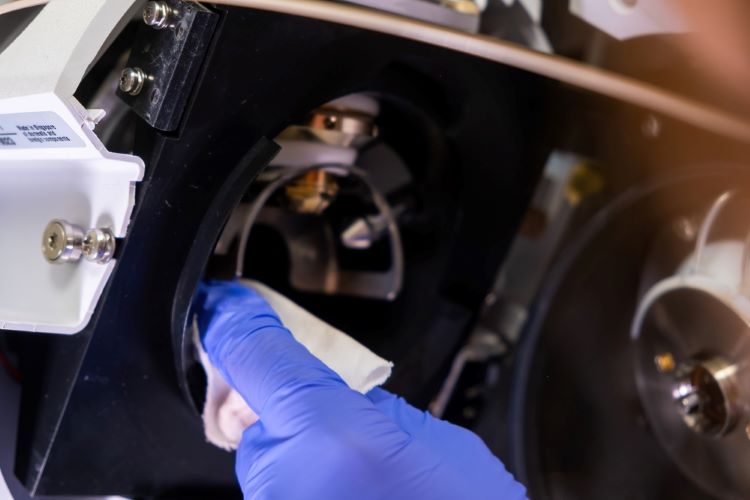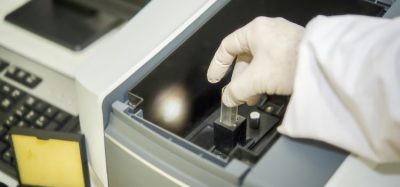New mass spec technique identified for electron ionisation direct analysis
Posted: 21 June 2023 | Catherine Eckford (European Pharmaceutical Review) | No comments yet
A paper has depicted extractive-liquid sampling electron ionisation-mass spectrometry (E-LEI-MS) as a new real-time MS technique for direct analysis.


this is the first real-time mass spectrometry approach using EI for compound ionisation”
Researchers have reported that extractive-liquid sampling electron ionisation-mass spectrometry (E-LEI-MS) is a real-time, environmentally friendly approach that ensures a fast and reliable analytes identification. The paper proposed an analytical technique that combines the advantage of ambient sampling with the high identification power provided by electron ionisation (EI). The proof-of-concept E-LEI-MS strategy is for targeted/non-targeted analysis and semi-quantitative detection.
To the best of their knowledge, this is the first real-time MS approach using EI for compound ionisation, the authors wrote.
A key challenge in modern analytical chemistry is providing as fast as possible results in different application fields. Most are based on direct mass spectrometry (DMS), where the sample is directly introduced into the mass spectrometer for analysis, according to the paper published in Scientific Reports.
However, E-LEI-MS avoids any sample preparation step and provides identification based on the comparison with National Institute of Standards and Technology (NIST) library spectra.
What did the new mass spectrometry technique involve?
In the study, the system tested analysis of active ingredients in pharmaceutical tablets.
E-LEI-MS comprises of a dispositive for solvent release and sampling at ambient conditions coupled with an EI source of a single quadrupole mass spectrometer. A micromanipulator allows fine (x,y,z) positioning of a sampling tip. Several preliminary successful results were already obtained due to the highly informative EI mass spectra generation.
A suitable solvent was deposited onto the sample surface where analytes were dissolved and transferred into the EI ion source of the mass spectrometer by the effect of the high vacuum using a sampling tip. Then, the mass spectrometry data acquisition began.
Sampling occured in ambient conditions and neither sample preparation nor manipulation is required, contrary to what is necessary for separation techniques.
E-LEI-MS provides robust real-time data, an essential requirement for fast screening and high throughput”
Arigò et al. also noted that satisfactory results were obtained with different matrices and samples, in 2D and multilayer analyses, highlighting the possibility of using E-LEI-MS in surface/spatial analysis.
In conclusion, the preliminary data observed in the study demonstrate that “E-LEI-MS provides robust real-time data, an essential requirement for fast screening and high throughput”.









